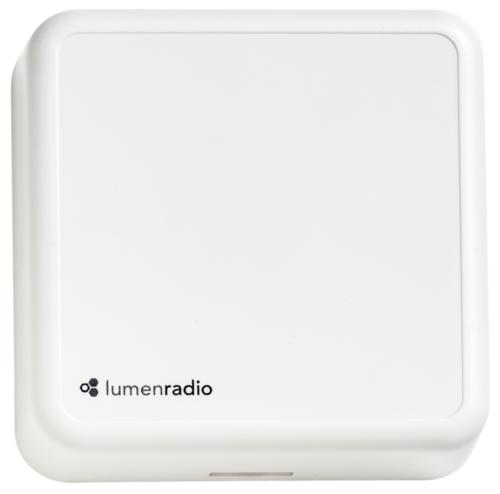5 reasons to use W-Modbus and W-BACnet in your next building automation project
Wireless functionality is a strong growing trend within building automation, but at the same time there seems to be a mistrust towards wireless solutions. We claim that going forward your biggest enemy will be having cables as an HVAC solution.
Ok, we admit, wired products until just a few years ago were the only reliable alternative in a building automation system. Many might still think an easy, reliable and flexible system needs to be wired. However, when taking a closer look at your wired system; do you have disadvantages such as expensive cables, time-consuming installation work, and limitations in scalability and maintenance?
The wireless technology of today is so intelligent that wireless products in a perfectly applied mesh network are even more reliable and easy to maintain than wired solutions. Below are just a few of the reasons to go wireless, leaving the biggest enemy, the cable, behind.
1. Easy Installation & Commissioning
Wired systems in commercial buildings often have very high costs for installation and commissioning. The wired legacy systems are not flexible, and recommissioning and rearrangements have always been major cost drivers. The cost of troubleshooting has always been the subject of frustration between the supplier, installer, and customer. Going wireless means you could cut those costs; by as much as 60%, compared to your wired system.
The large savings stated above, is of course related to a reduction of cabling. However, the biggest contributor to these cost reductions is the commissioning time. With W-Modbus and W-BACnet you will no longer have expensive and time-consuming installation procedures!
2. Retrofitting
Many existing buildings need to be renovated and refurbished, which represents a huge opportunity to upgrade the energy performance of commercial building assets. Here wireless plays a vital role since smarter buildings need more communication. With wireless and mesh, you never have to bother with cumbersome and costly cabling. In many cases wireless is the only option if you want to have smarter devices in your already existing building.
3. Speed
Another huge opportunity when using wireless is the significantly reduced installation time. Integrators now have the opportunity to finalize more projects in a shorter period of time, hence earning more money. Additionally, a wireless solution can help delayed projects get up to speed again and even finish the project earlier than planned.
4. Aesthetic Reasons
There isn’t anything uglier than a lot of cables going back and forth on the wall in the conference room or in the church you are visiting. When using wireless you no longer need to worry about hiding your wired installation. With wireless, you can create exactly the design you want that wasn’t possible with a wired solution.
5. Reduced Energy Consumption
With environmental requirements and legislations (BREEAM, LEED etc) the need to reduce energy consumption and operating cost is vital. In order to comply with these requirements, the HVAC industry is forced to create energy-efficient and flexible products.
Making your product wireless enables energy-efficient and demand-controlled HVAC solutions.
The products and services you sell can provide sustainable green buildings through low energy consumption with the possibility to collect data from sensors and control products.
Get ahead of the competition
Today we see there is a huge demand for wireless control and sensor products within HVAC. Wireless systems offer reduced installation costs, flexibility, great energy savings, and new groundbreaking services. Another key factor is the new environmental requirements and legislation that force manufacturers to create energy-efficient and flexible products for improved sustainability.
So outrun your biggest enemy (yes, the cables) and get ahead of your competition!
We can today offer a wireless Modbus and wireless BACnet for installers and OEMs. Do you want to know more about how you can benefit from wireless please contact us.




